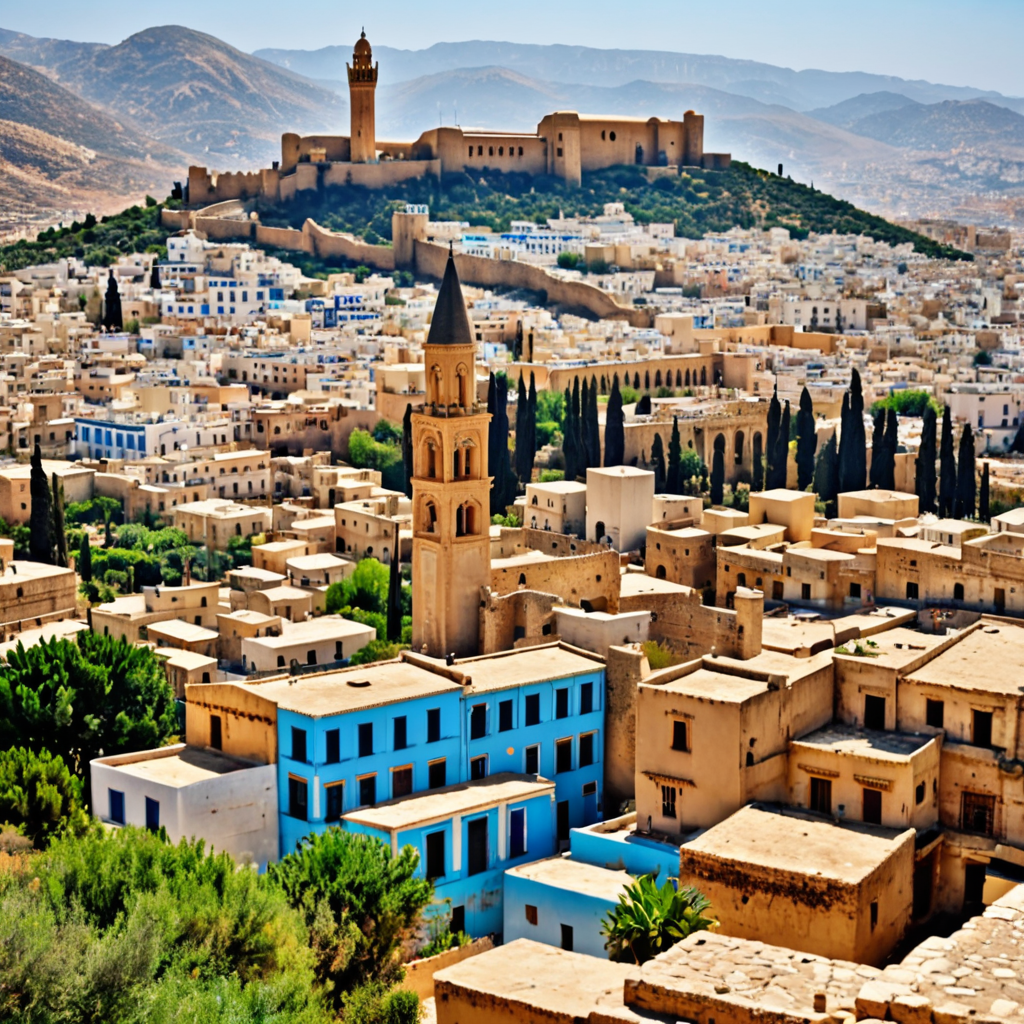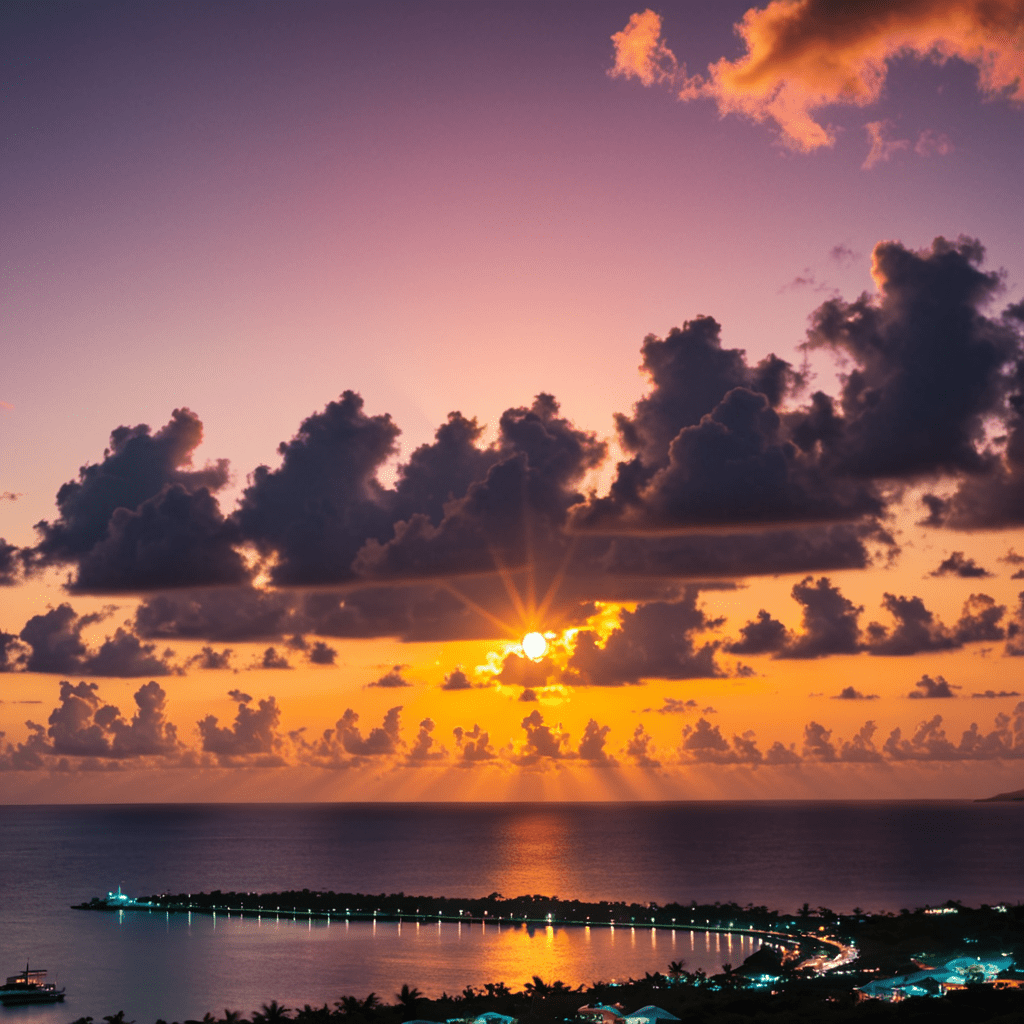The Rich Cultural Tapestry of Algeria: UNESCO World Heritage Sites
Algeria, a country in North Africa, is home to a diverse array of historical and cultural treasures recognized by UNESCO. Let’s delve into some of the UNESCO World Heritage Sites that showcase Algeria’s unique heritage.
1. Al Qal’a of Beni Hammad
Located in the mountainous region of northeastern Algeria, the Al Qal’a of Beni Hammad is the remnants of a fortified Muslim city dating back to the 11th century. This archaeological site provides insights into the early Islamic civilization in the Maghreb.
2. Djémila
Also known as Cuicul, Djémila is an ancient Roman town nestled in the mountains of northern Algeria. This well-preserved site features impressive Roman architecture, including temples, basilicas, and houses, offering a glimpse into Roman urban planning and construction techniques.
3. Tassili n’Ajjer
The Tassili n’Ajjer National Park is renowned for its dramatic sandstone formations, ancient rock art, and rich biodiversity. This expansive desert landscape has been inhabited for thousands of years, with prehistoric rock paintings depicting scenes of daily life and wildlife.
4. M’Zab Valley
The M’Zab Valley in the northern Sahara is home to a cluster of five traditional fortified villages known as ksour. These settlements, built using traditional earth architecture techniques, reflect sustainable urban planning and communal living practices of the Mozabite people.
5. Tipasa
Tipasa, located along the Mediterranean coast, showcases the remains of a Punic, Roman, and early Christian settlement. The site boasts ancient ruins, including a Roman amphitheater, basilicas, and mausoleums, providing a glimpse into the region’s diverse historical influences.
6. Kasbah of Algiers
The Kasbah of Algiers is a historic citadel perched atop a hill overlooking the Mediterranean Sea. This UNESCO-listed site features labyrinthine streets, Ottoman-era palaces, mosques, and traditional houses, offering a glimpse into Algiers’ rich architectural and cultural heritage.
7. Timgad
Founded by Emperor Trajan in the 1st century AD, Timgad is a well-preserved Roman colonial town in eastern Algeria. The site features a well-defined street grid, arches, temples, and a theater, showcasing Roman urban planning and architecture in North Africa.
FAQ: UNESCO World Heritage Sites in Algeria
What are UNESCO World Heritage Sites?
UNESCO World Heritage Sites are landmarks or areas that have been recognized by the United Nations Educational, Scientific and Cultural Organization (UNESCO) for their cultural, historical, scientific, or other form of significance and are legally protected by international treaties.
How many UNESCO World Heritage Sites does Algeria have?
Algeria is home to 7 UNESCO World Heritage Sites, including the Al Qal’a of Beni Hammad, Djémila, M’zab Valley, Tassili n’Ajjer, Timgad, Tipasa, and the Kasbah of Algiers, each showcasing the rich history and diverse cultural heritage of the country.
Why are these sites important?
These UNESCO World Heritage Sites in Algeria represent outstanding examples of ancient civilizations, urban planning, architecture, and artistic achievements. They offer valuable insights into the country’s history, culture, and traditions, making them significant not only for Algeria but for the world as a whole.


